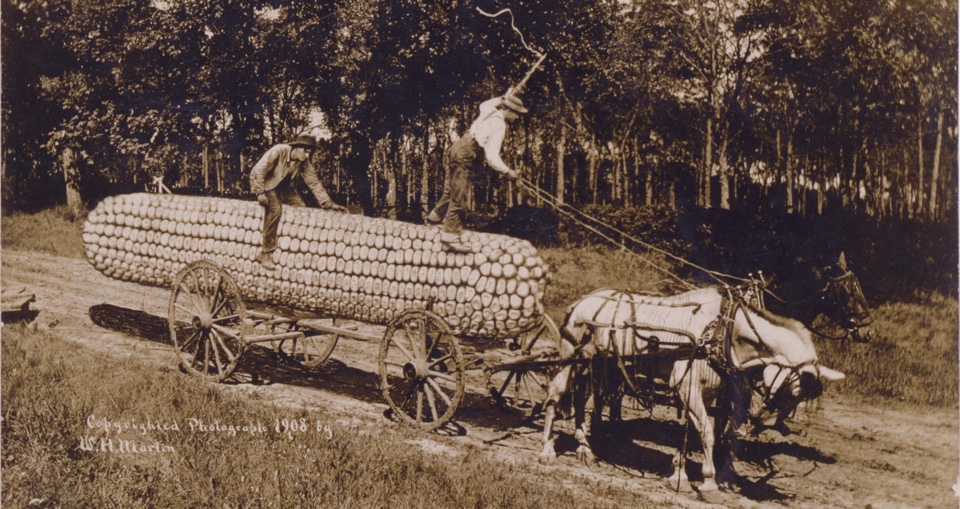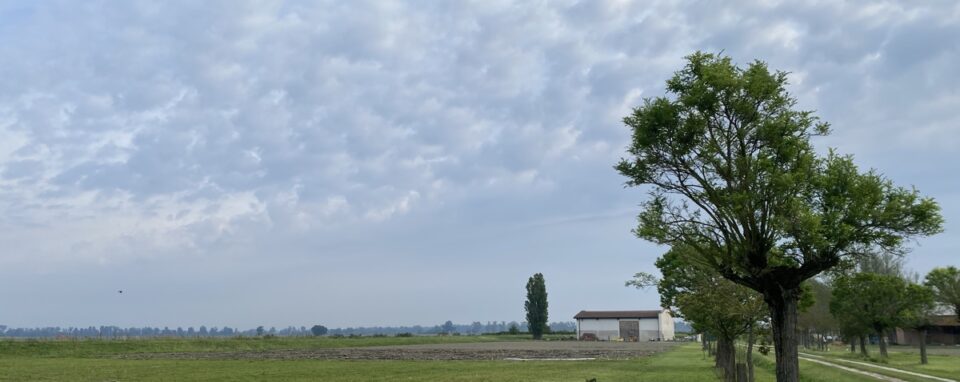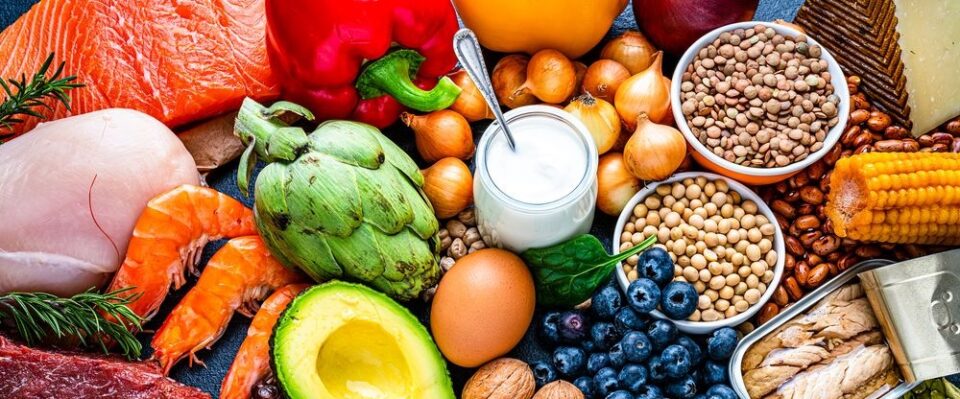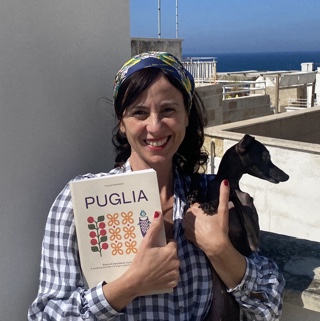
Podcast: Play in new window | Download (Duration: 40:25 — 37.1MB)
Subscribe: Google Podcasts | Spotify | Android | RSS | More

The struggle to understand the causes of pellagra and how to cure and prevent it played out first in Italy and then in the United States, where 1906 saw a large outbreak in Alabama. Competing explanations were driven by large egos and expediency rather than evidence. That was true even after Dr Joseph Goldberger of the US Public Health Service proved that the disease was not contagious and that the deficiency could be quickly reversed with a proper daily diet or a tablespoon of dried yeast.
Notes
- Pellagra and Pellagrous Insanity During the Long Nineteenth Century, by David Gentilcore and Egidio Priani is available under open access
- Dana Landress recently published Famished for Freedom: Pellagra and Medical Clemency at the Mississippi State Penitentiary in the Journal of the History of Medicine and Allied Sciences.
- I consulted loads of other publications; let me know if you want a source for anything.
- Photograph of Joseph Goldberger from the Library of Congress.
- Here is the transcript.




 Many countries have strict rules about who is allowed to give advice on diet and nutrition, but that doesn’t stop even qualified people from selling all kinds of snake oil. In this episode, I chatted with Tara Schmidt, a registered dietitian and lead dietitian for the Mayo Clinic Diet. We talked about fad diets, and how they are inevitably unsustainable. About weight-loss drugs and whether they are being oversold. About the frustration she feels faced with bad advice, and how the Mayo Clinic’s caution may make it slow, but also makes it sure. About her dismay faced with questions about singular foods and singular nutrients. I learned a lot.
Many countries have strict rules about who is allowed to give advice on diet and nutrition, but that doesn’t stop even qualified people from selling all kinds of snake oil. In this episode, I chatted with Tara Schmidt, a registered dietitian and lead dietitian for the Mayo Clinic Diet. We talked about fad diets, and how they are inevitably unsustainable. About weight-loss drugs and whether they are being oversold. About the frustration she feels faced with bad advice, and how the Mayo Clinic’s caution may make it slow, but also makes it sure. About her dismay faced with questions about singular foods and singular nutrients. I learned a lot.


 For much of the world, food has never been as abundant or as inexpensive as it is now, but at what cost? The Food and Agriculture Organization estimates that the cost of diet-related ill health is somewhere around $7 trillion, which is far more than the “profits” of food and agriculture. Those profits, like the cheaper, more plentiful food they stem from, take no account of the external costs of climate change, pollution, biodiversity loss and, ultimately, human health.
For much of the world, food has never been as abundant or as inexpensive as it is now, but at what cost? The Food and Agriculture Organization estimates that the cost of diet-related ill health is somewhere around $7 trillion, which is far more than the “profits” of food and agriculture. Those profits, like the cheaper, more plentiful food they stem from, take no account of the external costs of climate change, pollution, biodiversity loss and, ultimately, human health.